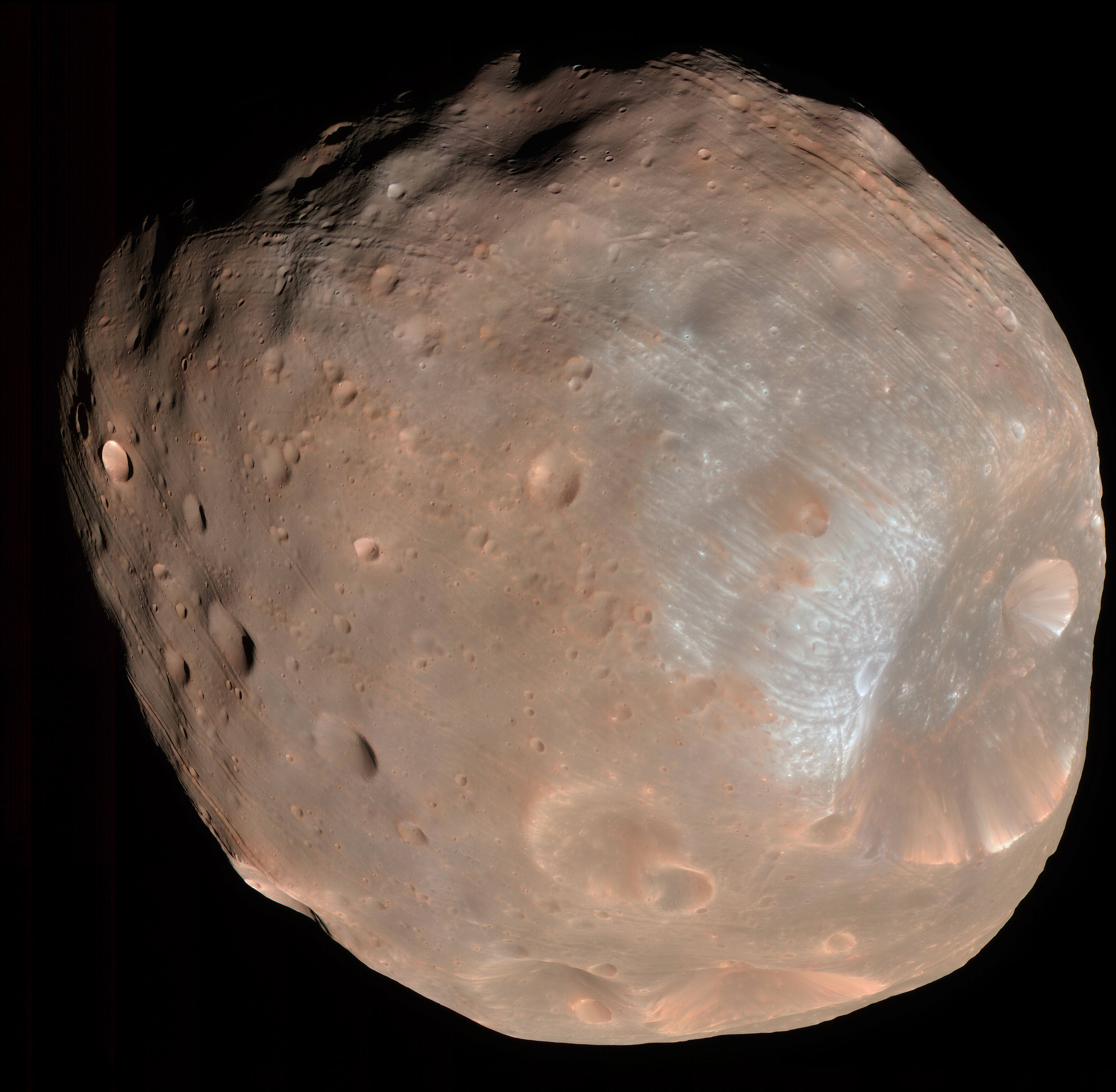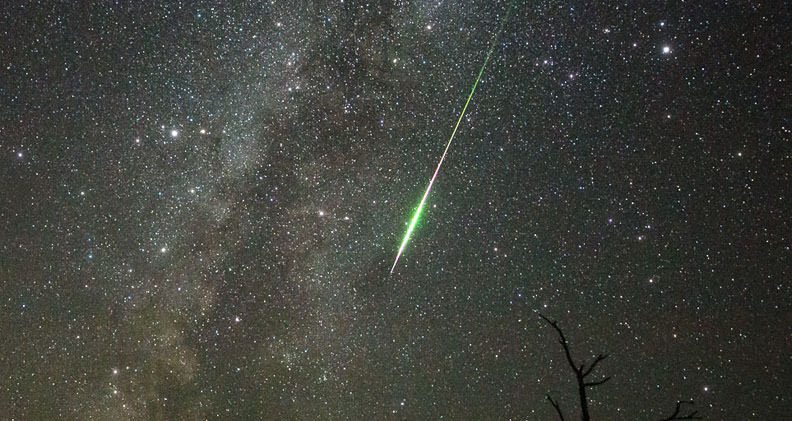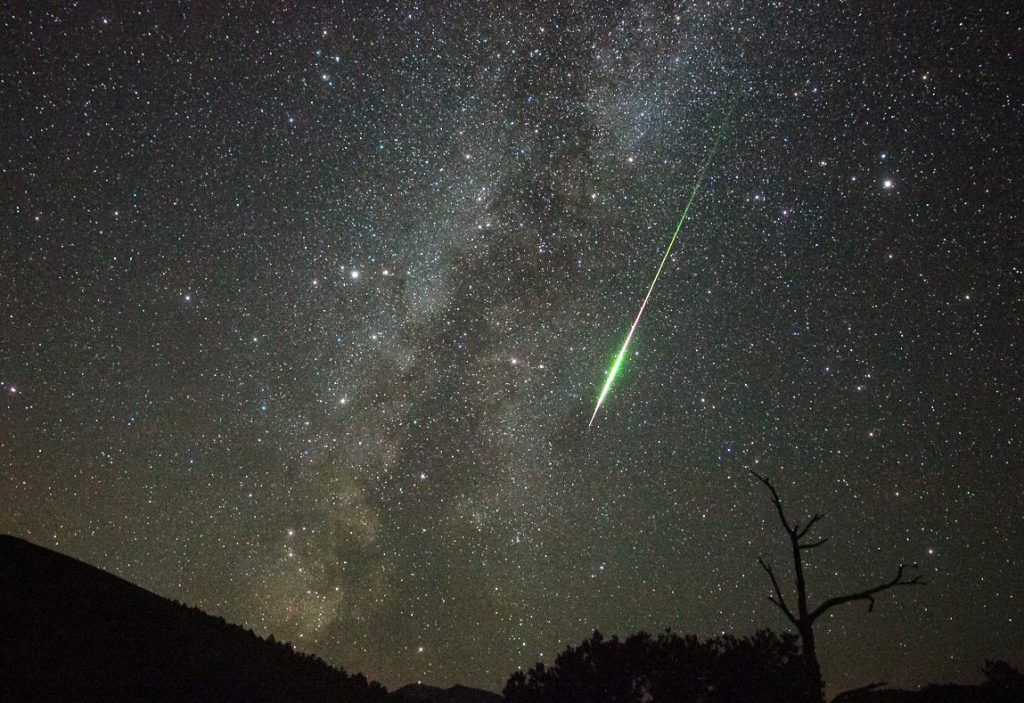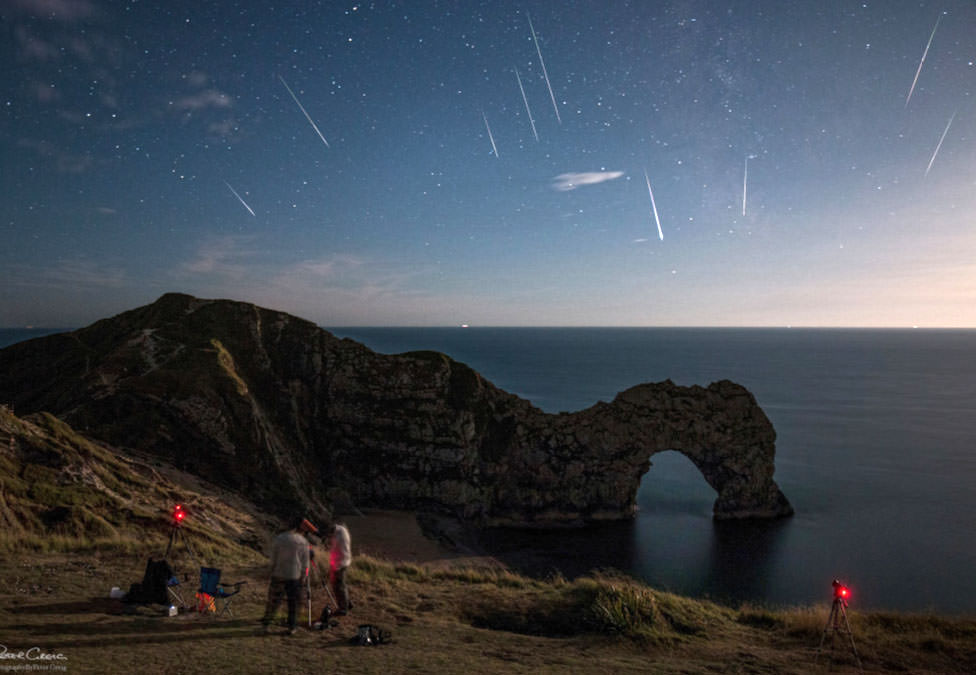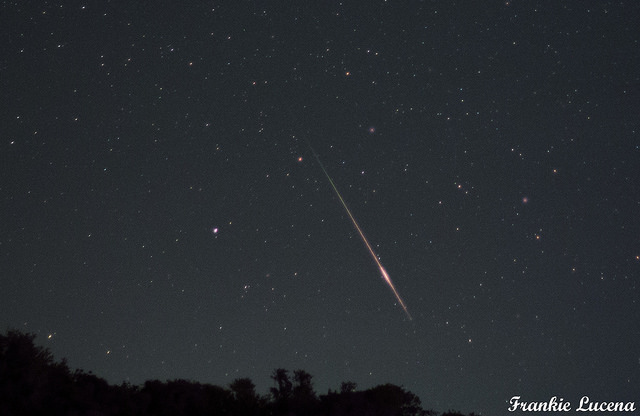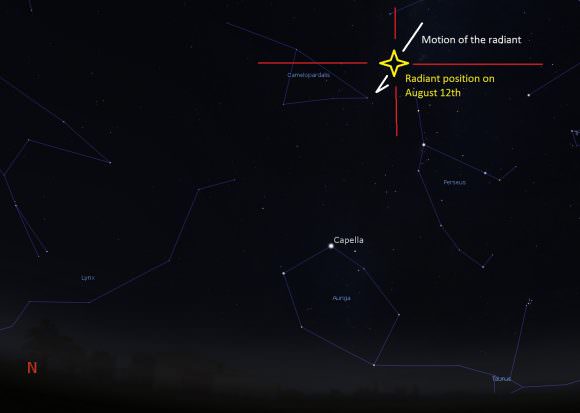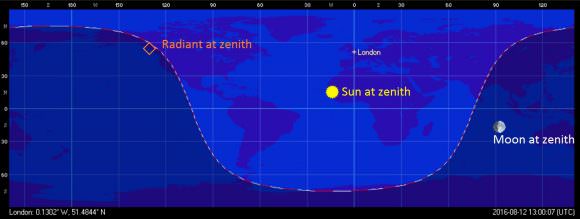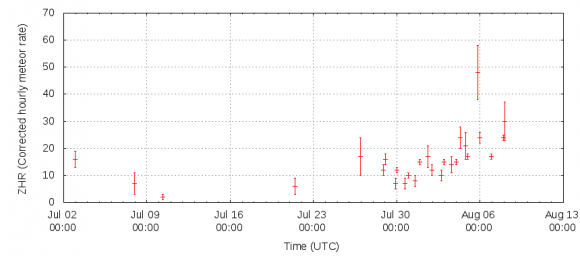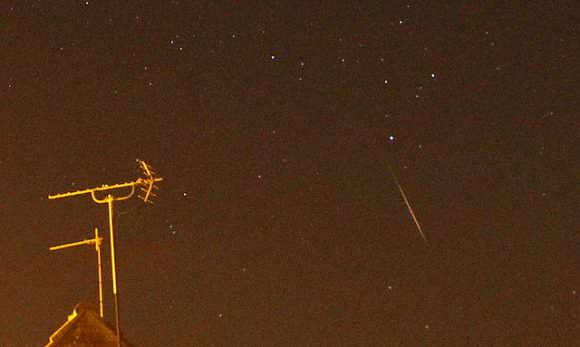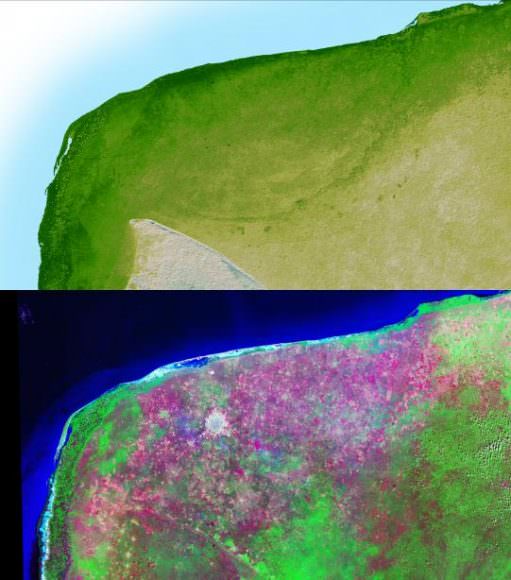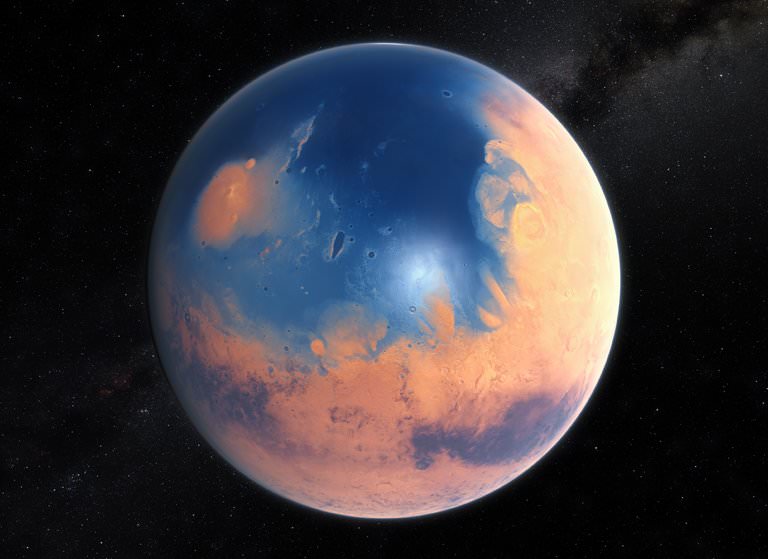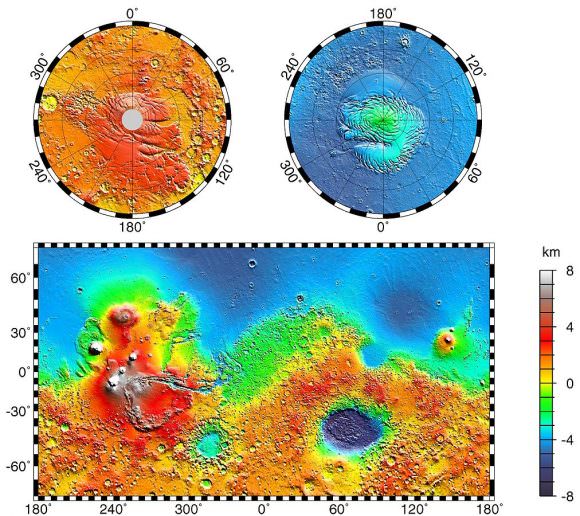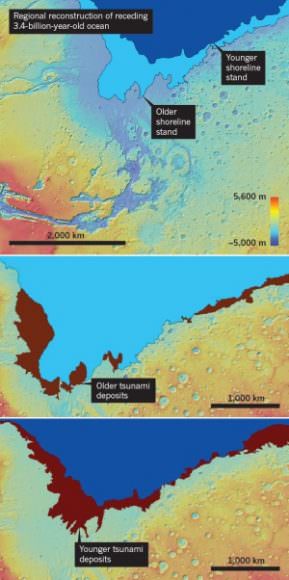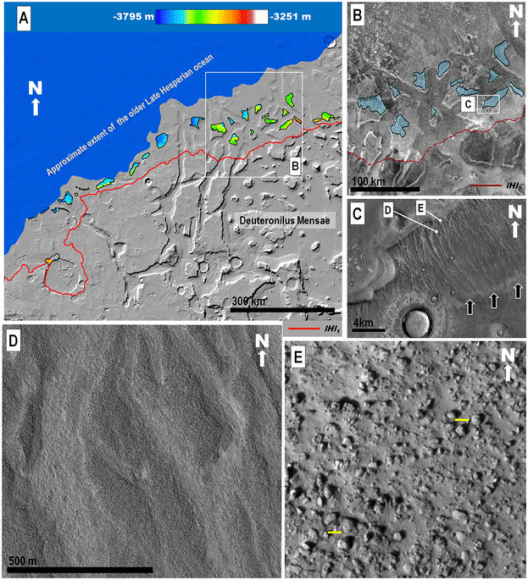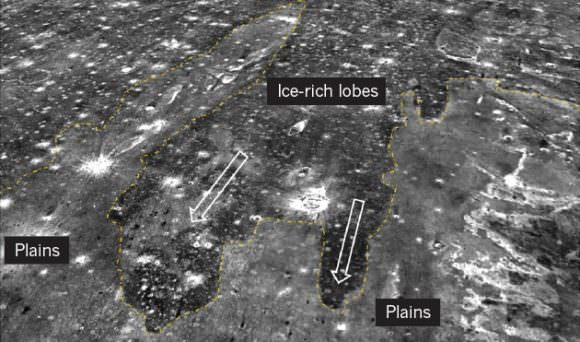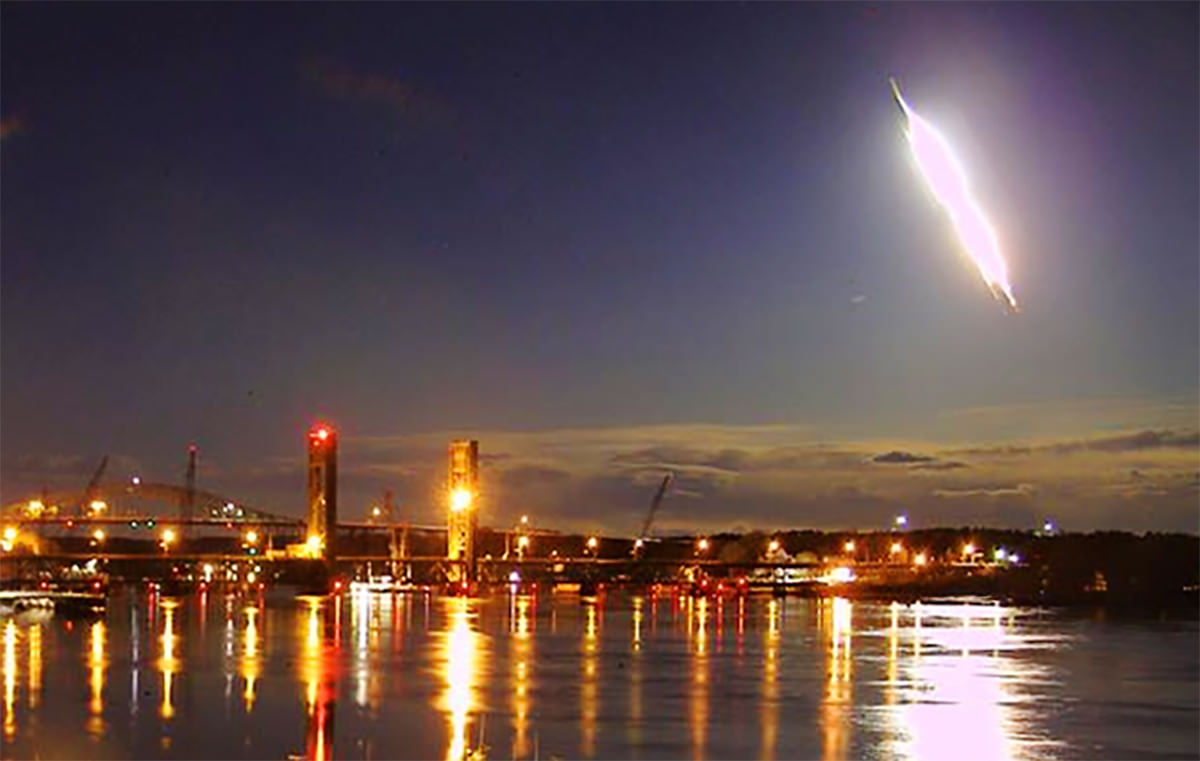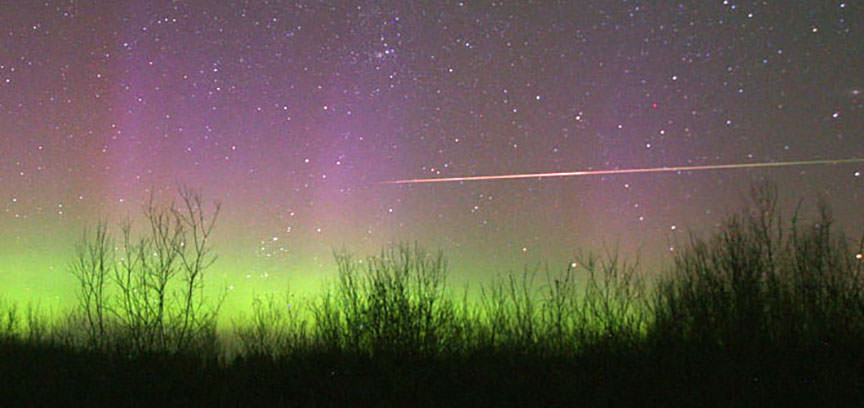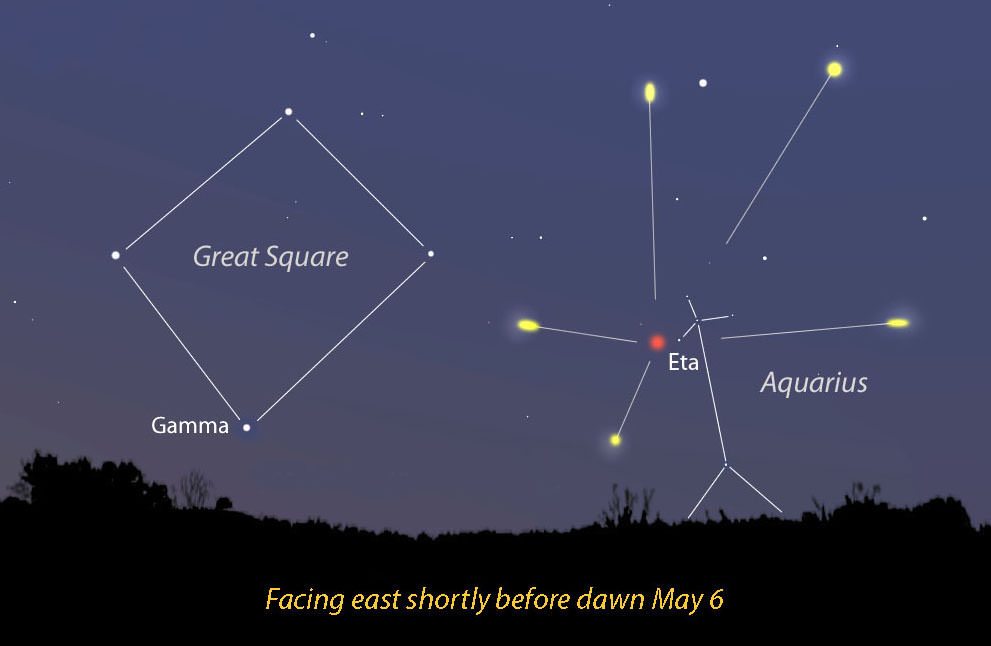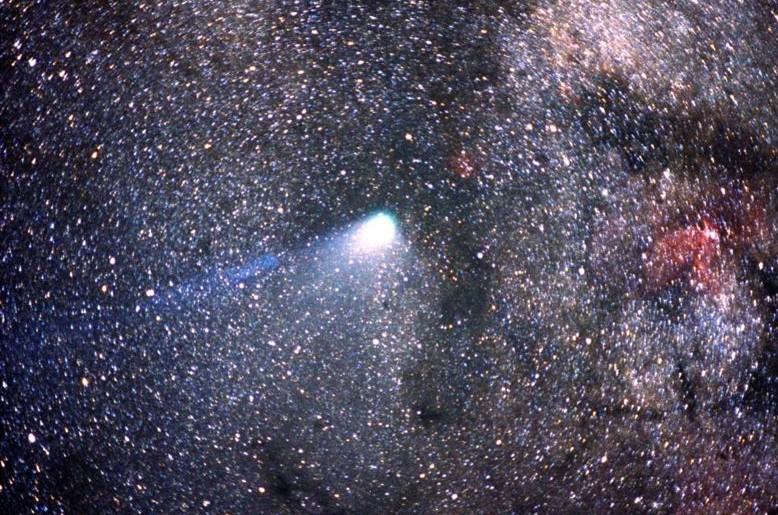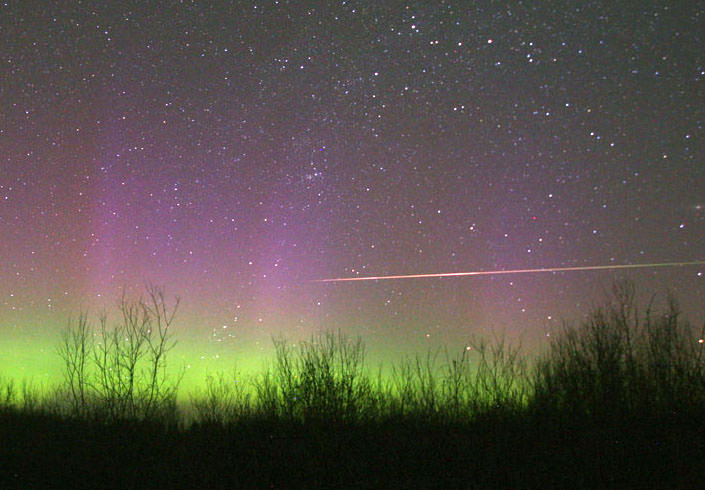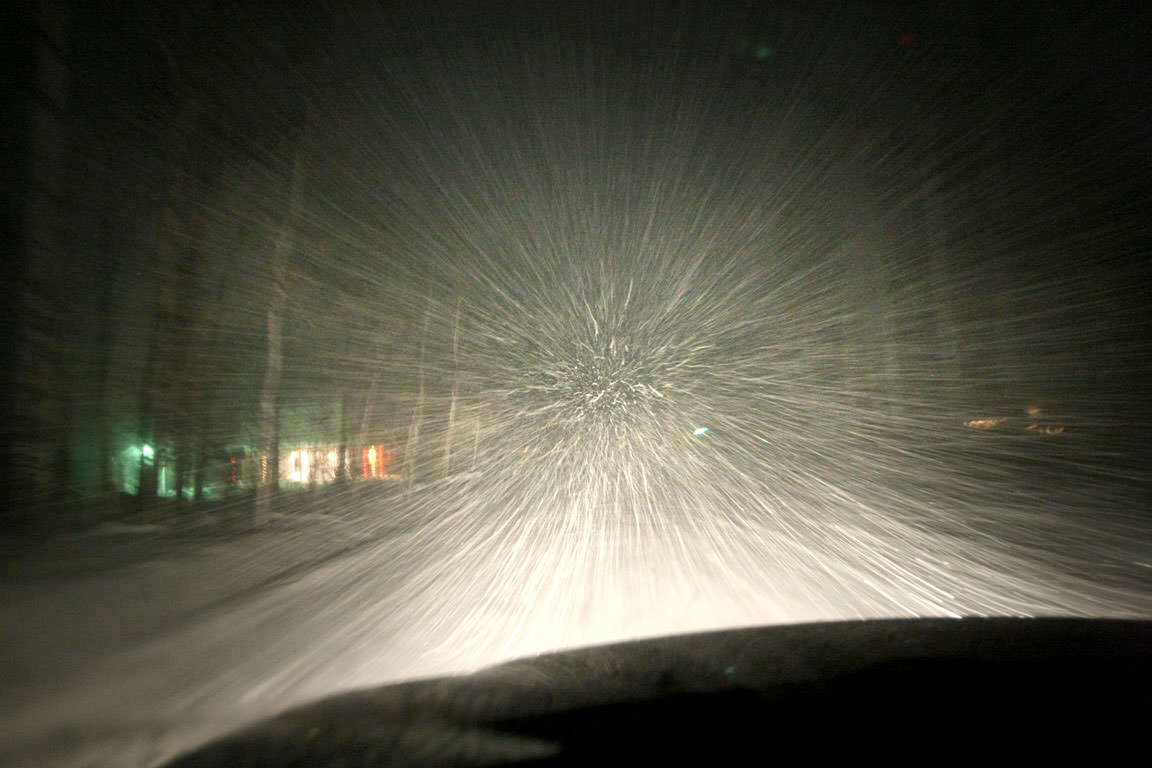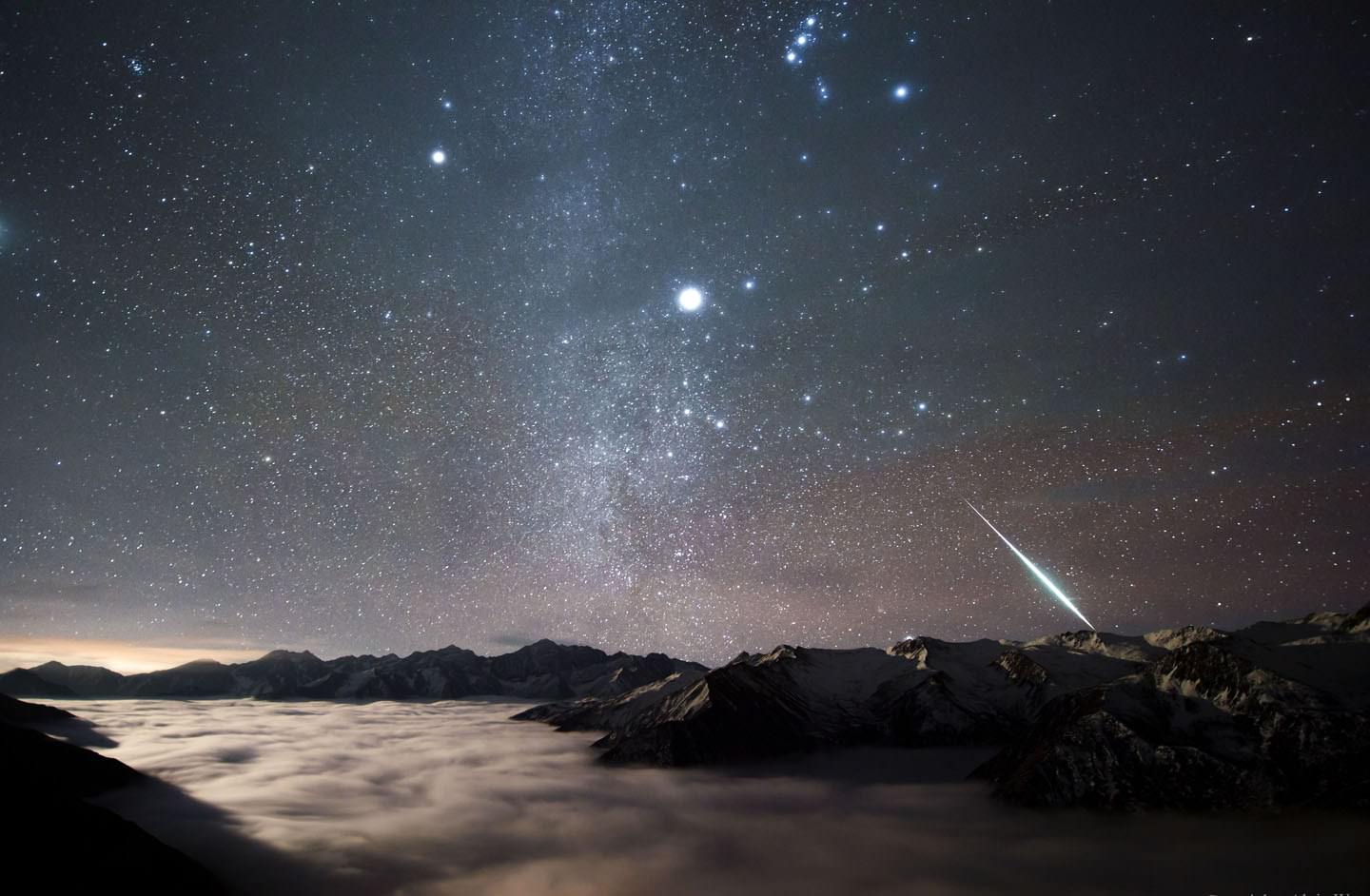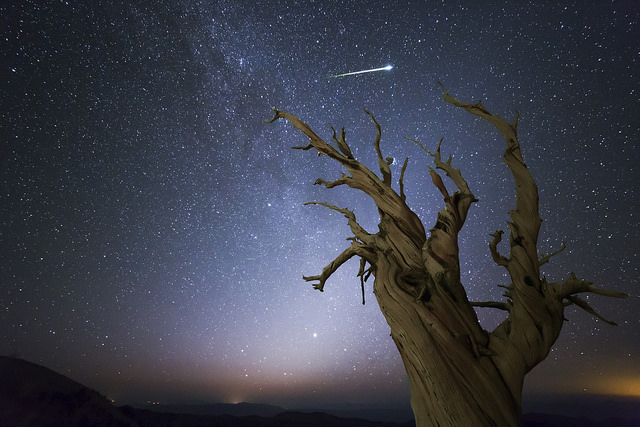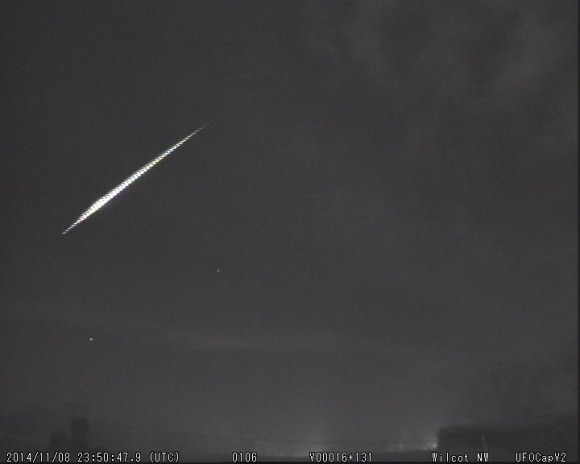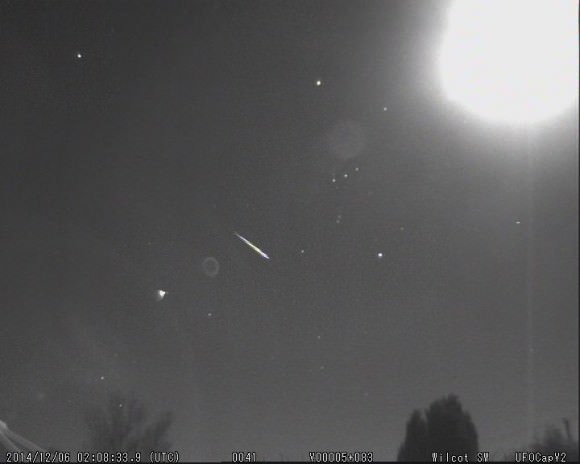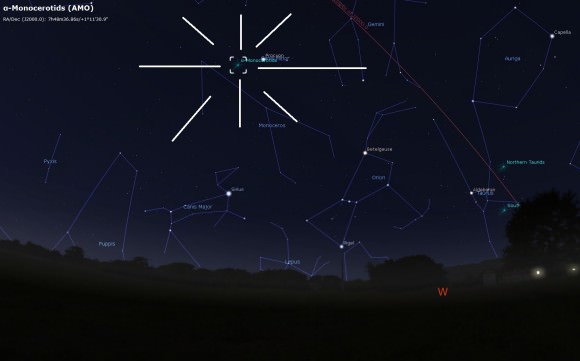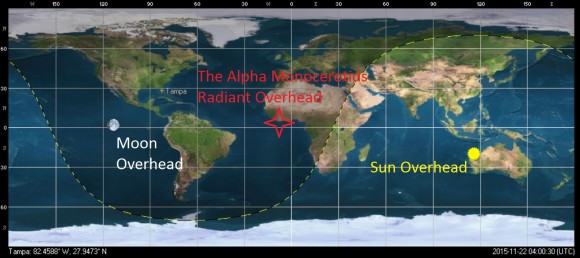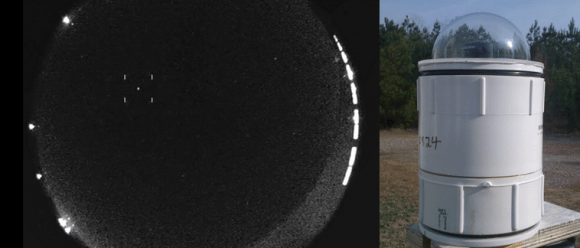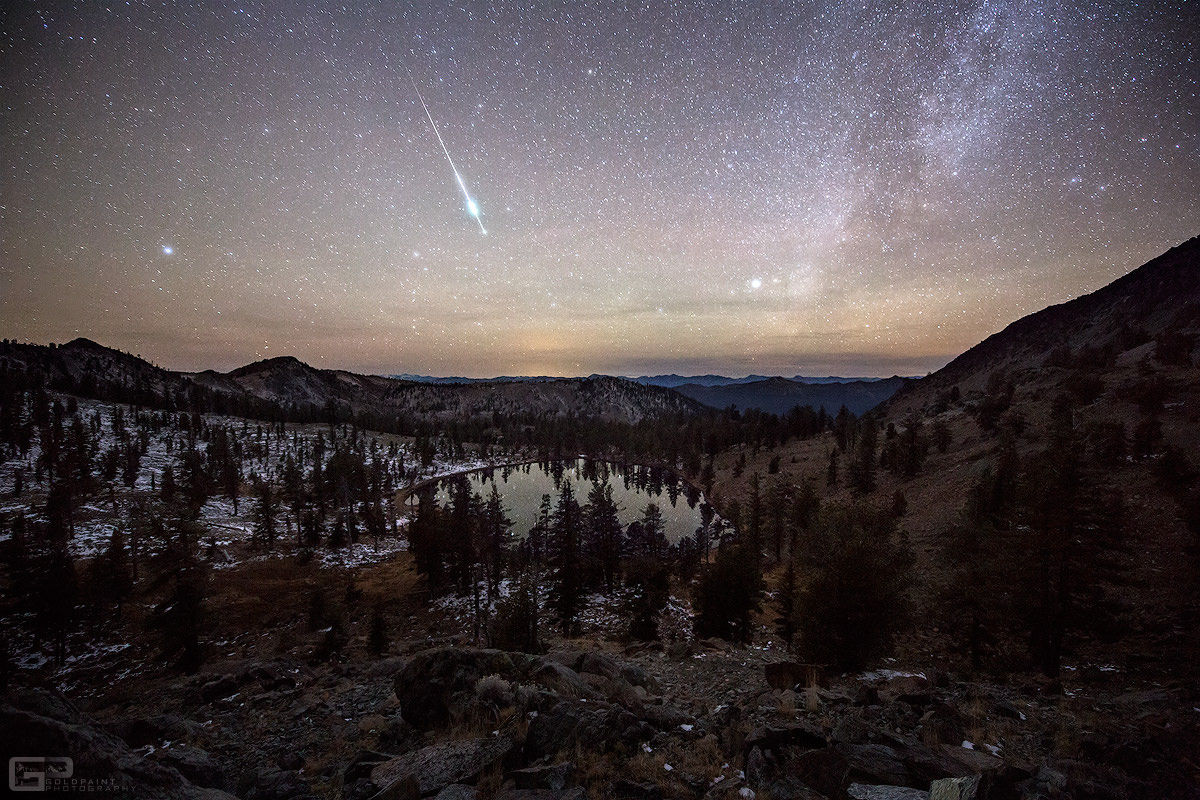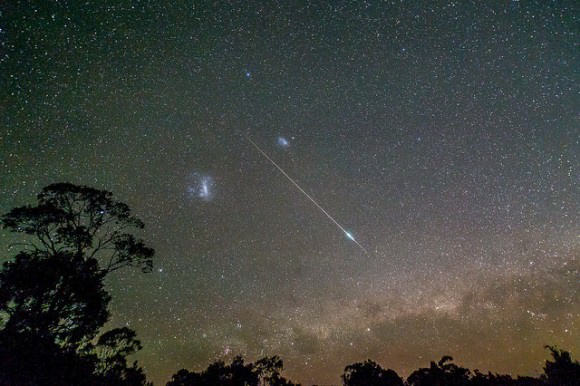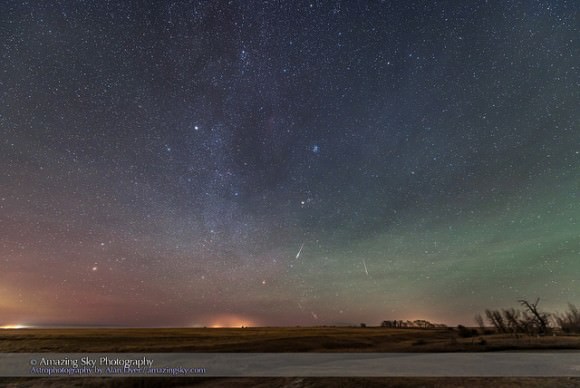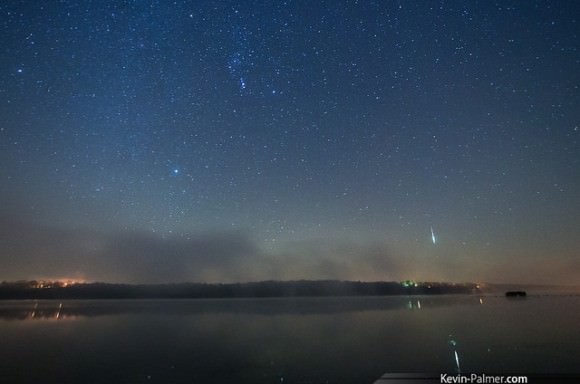Mars’ natural satellites – Phobos and Deimos – have been a mystery since they were first discovered. While it is widely believed that they are former asteroids that were captured by Mars’ gravity, this remains unproven. And while some of Phobos’ surface features are known to be the result of Mars’ gravity, the origin of its linear grooves and crater chains (catenae) have remained unknown.
But thanks to a new study by Erik Asphaug of Arizona State University and Michael Nayak from the University of California, we may be closer to understanding how Phobos’ got its “groovy” surface. In short, they believe that re-accretion is the answer, where all the material that was ejected when meteors impacted the moon eventually returned to strike the surface again.
Naturally, Phobos’ mysteries extend beyond its origin and surface features. For instance, despite being much more massive than its counterpart Deimos, it orbits Mars at a much closer distance (9,300 km compared to over 23,000 km). It’s density measurements have also indicated that the moon is not composed of solid rock, and it is known to be significantly porous.
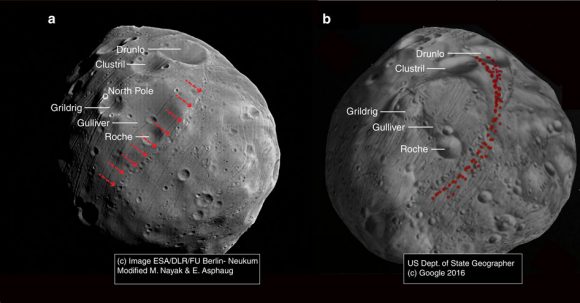
However, this action cannot account for another common feature on Phobos, which are the striation patterns (aka. grooves) that run perpendicular to the stress fields. These patterns are essentially chains of craters that typically measure 20 km (12 mi) in length, 100 – 200 meters (330 – 660 ft) in width, and usually 30 m (98 ft) in depth.
In the past, it was assumed that these craters were the result of the same impact that created Stickney, the largest impact crater on Phobos. However, analysis from the Mars Express mission revealed that the grooves are not related to Stickney. Instead, they are centered on Phobos’ leading edge and fade away the closer one gets to its trailing edge.
For the sake of their study, which was recently published in Nature Communications, Asphaug and Nayak used computer modeling to simulate how other meteoric impacts could have created these crater patterns, which they theorized were formed when the resulting ejecta circled back and impacted the surface in other locations.
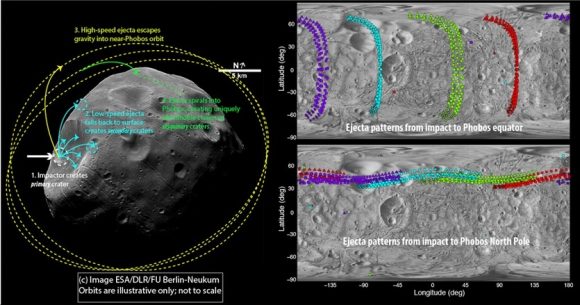
As Dr. Asphaug told Universe Today via email, their work was the result of a meeting of minds that spawned an interesting theory:
“Dr. Nayak had been studying with Prof. Francis Nimmo (of UCSC), the idea that ejecta could swap between the Martian moons. So Mikey and I met up to talk about that, and the possibility that Phobos could sweep up its own ejecta. Originally I had been thinking that seismic events (triggered by impacts) might cause Phobos to shed material tidally, since it’s inside the Roche limit, and that this material would thin out into rings that would be reaccreted by Phobos. That still might happen, but for the prominent catenae the answer turned out to be much simpler (after a lot of painstaking computations) – that crater ejecta is faster than Phobos’ escape velocity, but much slower than Mars orbital velocity, and much of it gets swept up after several co-orbits about Mars, forming these patterns.”
Basically, they theorized that if a meteorite stuck Phobos in just the right place, the resulting debris could have been thrown off into space and swept up later as Phobos swung back around mars. Thought Phobos does not have sufficient gravity to re-accrete ejecta on its own, Mars’ gravitational pull ensures that anything thrown off by the moon will be pulled into orbit around it.
Once this debris is pulled into orbit around Mars, it will circle the planet a few times until it eventually falls into Phobos’ orbital path. When that happens, Phobos will collide with it, triggering another impact that throws off more ejecta, thus causing the whole process to repeat itself.
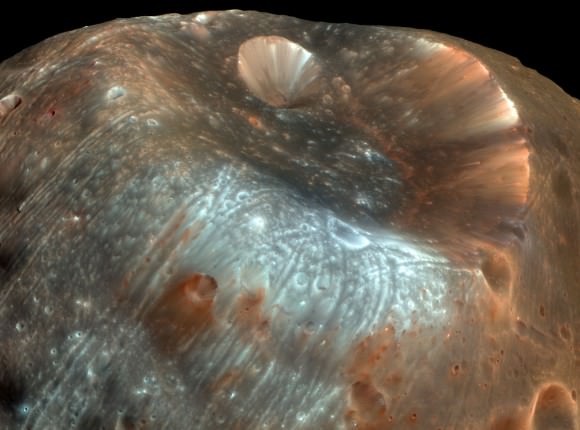
In the end, Asphaug and Nayak concluded that if an impact hit Phobos at a certain point, the subsequent collisions with the resulting debris would form a chain of craters in discernible patterns – possibly within days. Testing this theory required some computer modeling on an actual crater.
Using Grildrig (a 2.6 km crater near Phobos’ north pole) as a reference point, their model showed that the resulting string of craters was consistent with the chains that have been observed on Phobos’ surface. And while this remains a theory, this initial confirmation does provide a basis for further testing.
“The initial main test of the theory is that the patterns match up, ejecta from Grildrig for example,” said Asphaug. “But it’s still a theory. It has some testable implications that we’re now working on.”
In addition to offering a plausible explanation of Phobos’ surface features, their study is also significant in that it is the first time that sesquinary craters (i.e. craters caused by ejecta that went into orbit around the central planet) were traced back to their primary impacts.
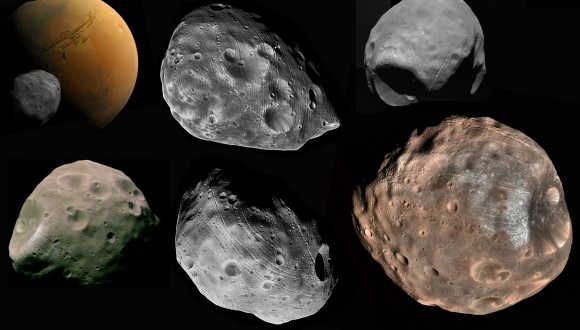
In the future, this kind of process could prove to be a novel way to assess the surface characteristics of planets and other bodies – such as the heavily cratered moons of Jupiter and Saturn. These findings will also help us to learn more about Phobos history, which in turn will help shed light on the history of Mars.
“[It] expands our ability to make cross-cutting relationships on Phobos that will reveal the sequence of geologic history,” Asphaug added. “Since Phobos’ geologic history is slaved to the tidal dissipation of Mars, in learning the timescale of Phobos geology we learn about the interior structure of Mars”
And all of this information is likely to come in handy when it comes time for NASA to mount crewed missions to the Red Planet. One of the key steps in the proposed “Journey to Mars” is a mission to Phobos, where the crew, a Mars habitat, and the mission’s vehicles will all be deployed in advance of a mission to the Martian surface.
Learning more about the interior structure of Mars is a goal shared by many of NASA’s future missions to the planet, which includes NASA’s InSight Lander (schedules for launch in 2018). Shedding light on Mars geology is expected to go a long way towards explaining how the planet lost its magnetosphere, and hence its atmosphere and surface water, billions of years ago.
Further Reading: Nature Communications

